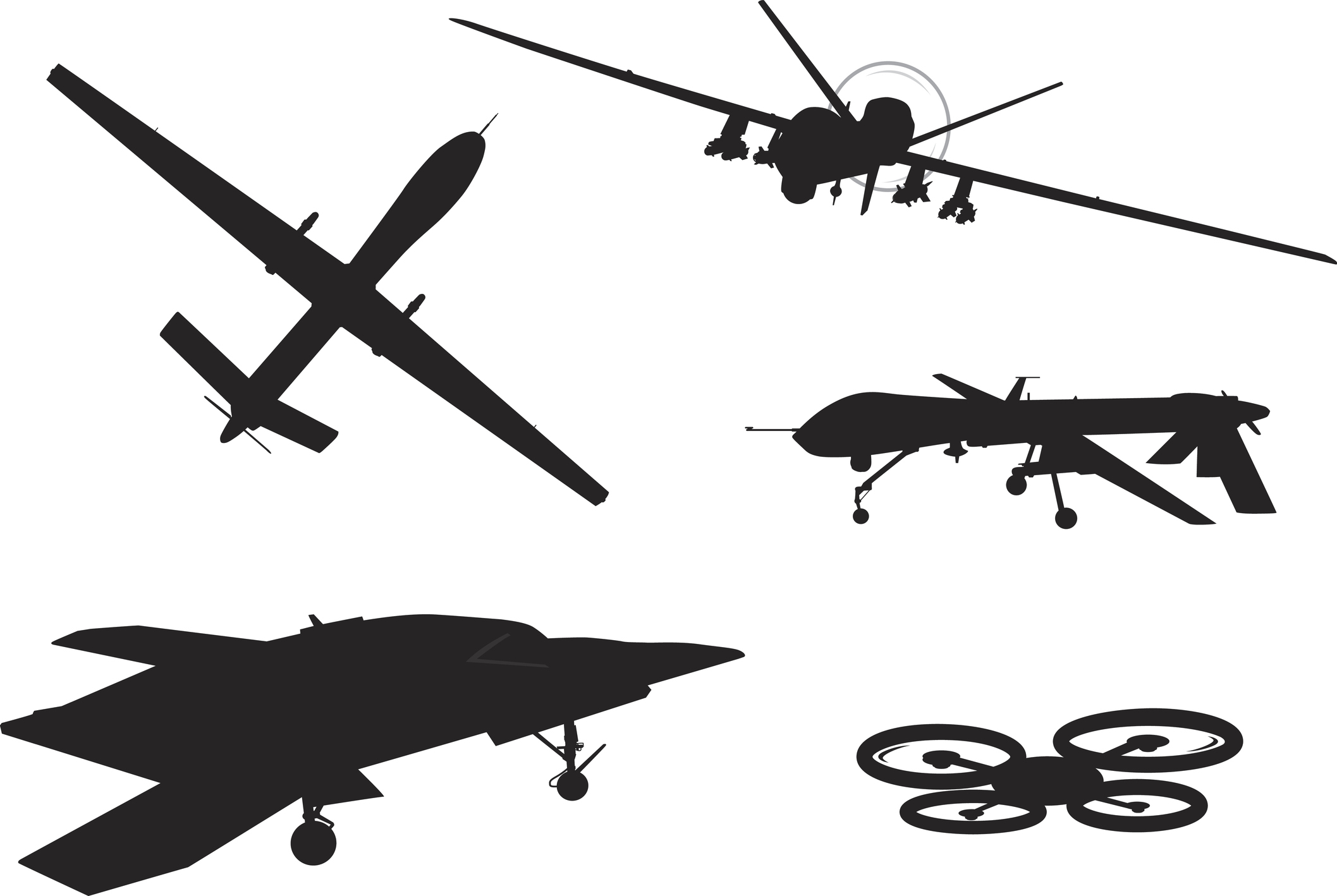
In the shadowed corridors of power, where war is often whispered into existence and money changes hands with the subtlety of a pickpocket’s wink, a new ballet has begun—one choreographed, it seems, by the whims of geopolitical whims and the aching pursuit of profit. July’s dawn saw Secretary Pete Hegseth, a man with the stern countenance of a prophet expecting the end times, announce a shift in the great U.S. defense mythos. The sun, once seen rising over the technology of Predator drones—those silver-winged heralds of surveillance and destruction—began to set. The spectacle of American dominance, once as assured as the sunrise, has dimmed, eclipsed by a rising tide of global drone manufacture, a scramble in which Uncle Sam now appears to lag behind, lost in the fog of industrial inertia.
In the land where political grandstanding meets the cold logic of dollars, there is an urgent call: support industry, reform the purchase of futures, and—most critically—equip the modern soldier with tiny, lethal metal insects. Yet beneath these noble-sounding mandates lies a more insidious question: will the guns and gizmos be forged in the familiar American crucible, or will some outsider, basking in the glow of necessity and pragmatism, steal the show?
Uncle Sam’s Dilemma: To Buy, Or Not To Buy?
Hegseth, with something approaching the fervor of a mad inventor, decreed that the Pentagon—an institution with the financial finesse of a pirate—must open a contest to purchase 10,000 purpose-made, throwaway drones. These miniature death-machines, known in hushed circles as FPVs or kamikaze cruise missiles, should cost less than the price of a good dinner—namely, under two thousand dollars each—and they must arrive in under a year, a deadline more fitting for a confectionery contest than a military operation.
One week later, the Pentagon unveiled a parade of 18 prototypes—American-designed, each with the charm of a homemade rocket. Yet, behind the glossy veneer lurks the harsh reality: most of these marvels from AeroVironment, Kratos, Palantir, or even the clandestine Anduril, come with the sticker shock of “tens of thousands” of dollars. A paradox, indeed—a desire to arm oneself with cheap death, but not cheaply enough.
So, what’s the moral to this tale? The Pentagon wishes to support its first love—American industry—yet eying the bottom line with the cold gaze of a miser. Meanwhile, a silent outsider—lithe, cunning, and inventive—watches and waits. Perhaps, instead of relying on the crumbling factory floors of the United States, the battlefield might be won through the ingenuity of someone else—someone like Ukraine.
Yes, Ukraine—the land where resilience became an art form and drones are not just toys but tools of survival. A crucible of improvisation, forged in the fires of necessity, where the flying death-machine has become as familiar as the morning chores. Last June, the Ukrainian operation “Spiderweb” saw a swarm of 117 FPV drones unleashed upon Russian targets—an act of war that read more like a tragic ballet than a conventional assault. A ballet of precision and desperation, revealing a new truth: in the theater of modern warfare, cheap and expendable might trump the gleaming behemoths of old.
The Deal of the Century—or the Great Illusion?
Amidst this chaos, whispers of a deal circulate. Talk of Ukraine trading its mastery of the flying dagger in exchange for long-range missiles—a barter of desperation with the flair of a high-stakes poker game. Estimated at a staggering figure—somewhere between ten and thirty billion dollars—this transaction hints at a subtext darker than any espionage novel: a nation trading its battlefield secrets for the promise of survival, while the great powers watch with the detached gaze of hawks at a banquet.
Could it be that Ukraine’s expertise, built in the crucible of conflict, might become the new currency of power? Might the U.S., a giant hamstrung by bureaucracy, simply license Ukrainian technology, turning the weaponry of necessity into a lucrative commodity? Or perhaps a joint venture, a dance of diplomacy and profit, where Ukrainian engineers teach their American counterparts the secret of building drones on a shoestring—an act of artistic sabotage or salvation depending on one’s perspective. Zelensky’s recent alliance with Denmark hints at a broader corporate and diplomatic chess game, a waltz in which the U.S. may already be a willing partner, betting on a future where billions are exchanged in a game of shadows and steel.
The Dividend in Disguise
For the savvy investor—those who watch the flickering lights of the market with a keen eye—this saga whispering of billion-dollar deals signals more than just war; it screams of opportunity. The grand dance of drones and missiles could, in the end, turn into a gold rush, where companies supporting the machinery of war reap riches far beyond the battlefield. Yet, beneath the glitter of potential profits lies a sobering thought: in a world where technology and power are intertwined as tightly as lovers in a tragic ballet, the true dividends may lie not in stocks or bonds, but in how the absurd game of empire continues to spin—sometimes gracefully, sometimes with the clatter of collapsing patronage. Amid these dark machinations, the only certainty remains: the world is a theater, and the players—unpredictable as the devil himself—are all too eager to dance.
Read More
- Robert Kirkman Launching Transformers, G.I. Joe Animated Universe With Adult ‘Energon’ Series
- The Unexpected Triumph of Novo Nordisk: A Dividend Hunter’s Delight
- Gold Rate Forecast
- Avantor’s Chairman Buys $1M Stake: A Dividend Hunter’s Dilemma?
- Ex-Employee Mines Crypto Like a Digital Leprechaun! 😂💻💸
- Top 20 Hilarious Conservative Comedians Ever, Ranked
- Группа Астра акции прогноз. Цена ASTR
- Сегежа акции прогноз. Цена SGZH
- Sadie Sink Spotted on the Set of ‘Spider-Man: Brand New Day’ for the First Time
- Most Famous Jackies in the World
2025-08-03 14:22